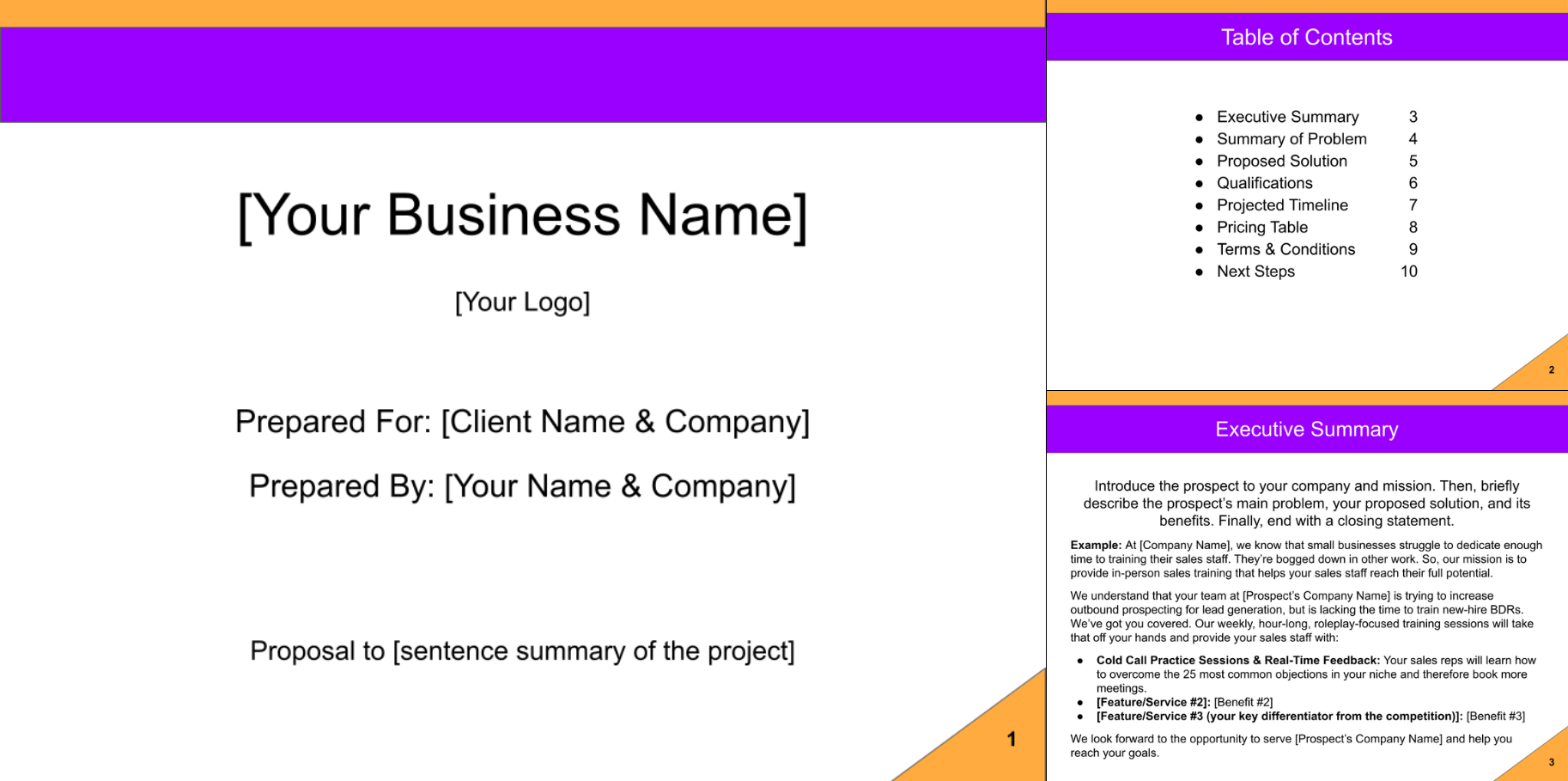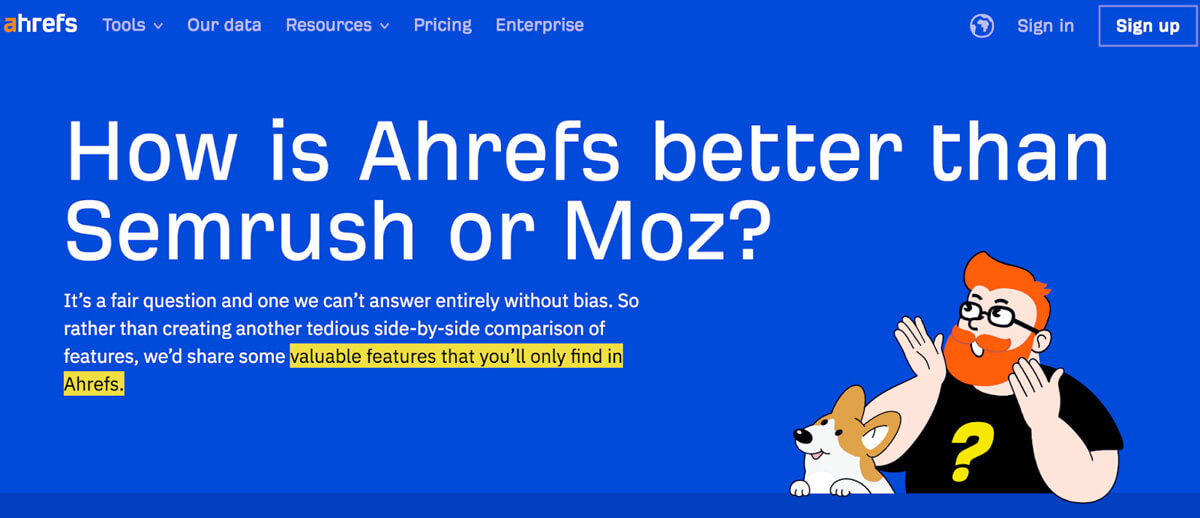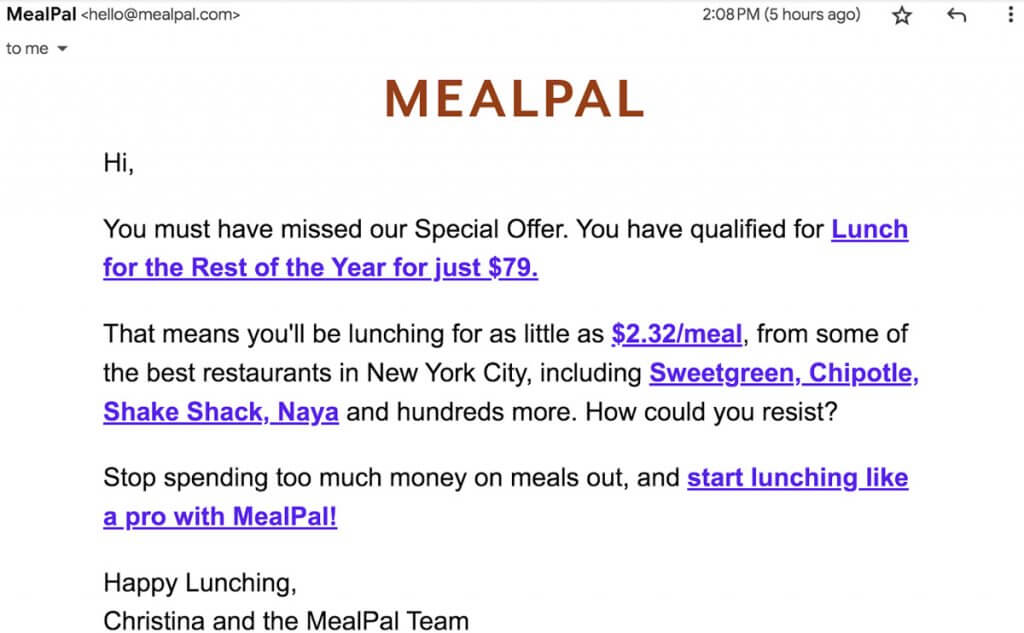Learn the differences between leads, prospects, and opportunities. Understand how to turn leads into prospects and opportunities.
A lead nurturing campaign is a heavily-automated series of personalized marketing and sales touches that are deployed based on a lead’s current online behavior and stage in the buyer’s journey. Marketers use them to move qualified leads through the nurturing phase of the sales process by giving the right content at the right time over a defined duration. These campaigns are a great way to boost sales and automate nurturing while also building brand loyalty.
Marketers and salespeople work together to create multi-channel lead nurturing campaigns that reliably push qualified leads through several key stages of the sales funnel (interest, evaluation, decision, and sale). To accomplish this, these campaigns combine the precision of behavior-based marketing outreach, such as automated email campaigns, with the power of personal touches from sales. Both serve to gradually educate the lead towards a sale.
To create your campaign, follow these steps:
Unlike a drip campaign, which determines what content to deliver to a lead based on timing, nurturing campaigns take into account a lead’s behavior, such as webpage visits, form submissions, or email replies, in addition to the lead’s position in the buyer’s journey. Because of this, lead nurturing campaigns are highly personalized, more so than drips.
It’s important to note that you’re going to need some sort of lead nurturing software that will track lead online behavior and allow you to set up trigger-based communications based on that behavior. The goal should be to set it up and then watch the magic happen, the system automatically delivering highly relevant content across various channels to leads.
As for sales, they’ll still have to work on the leads manually, but their job will be easier because the platform will tell them exactly what action to take via automated notifications that you’ve set up. In sum, a successful lead nurturing campaign should cause your leads to constantly be wondering how you keep anticipating their questions so accurately.
Including lead nurturing campaigns in your marketing strategy will help you close high-value customers, tailor your outreach to each lead, consistently nurture leads, and save time through automation. Let’s look closer at each benefit.
Together, these lead nurturing benefits help you and your team hit revenue targets and achieve growth goals time and time again.
No two lead nurturing campaigns will look the same, but there is a step-by-step process you can follow to build an effective one for your business. First, specify the result you want to achieve, understand your audience segment, and define your nurturing stages. Next, pick lead nurturing activities that will push leads through each stage and create the nurturing content you’ll send them. Lastly, set up your campaign and its automations in your lead nurturing software.
Before doing anything, get clear about what you’re trying to achieve with your lead nurturing campaign. A typical goal in B2B marketing is to nurture a certain segment of qualified leads from the interest stage of the buyer’s journey all the way to the closing stage, where they’re ready to discuss pricing and terms with the seller. But you might have something else in mind.
Here are some examples of nurturing campaign goals:
Your campaign’s goal depends on your company’s priorities. For example, if you have a trade show coming up, you might design a campaign to nurture the leads who said they’ll be attending, so that by the time they get there, they’re familiar with your brand and interested in talking to your reps.
Over the course of a given business quarter, you’ll likely have several marketing and sales goals that can be achieved through nurturing campaigns. You might also have different segments of leads you want to nurture, like C-suite execs and middle-managers. This means you’ll likely create multiple nurturing campaigns. Some leads might be in multiple simultaneously, while others are just in one.
For the sake of this exercise though, think of one final action you want to get a certain segment of leads to take. It’s best to focus on setting one up at a time, rather than spreading yourself too thin. Get it to a place where it’s heavily automated and then you can start building other ones for other audience segments or goals.
Effective lead nurturing campaigns require you to segment your audience and understand that segment deeply. That way, you can create content that resonates with every lead. Common ways to divide up your audience are by job title, industry, age range, or location. The goal is to create a segment containing people who share similar pains, worries, and needs.
Once you’ve picked an audience segment, take time to understand them:
After developing your understanding of the leads in your campaign, you’ll be better suited to handle the next steps in the process. You’ll know the topics to write about in your marketing content and emails, the best channels to use to reach them, the ideal way to open up a sales call script, and other intel that’ll help you craft a powerful and relevant campaign.
The purpose of defining stages is to make your lead nurturing campaign more manageable by breaking it into smaller stages, each with the smaller objective of getting leads to take some specified action, like signing up for a demo, that’ll move them into the next stage. Typically, companies use lead nurturing stages that correlate with the sales funnel, so it’s common to see stages that represent interest, evaluation, and decision, even if they aren’t called by those names.
Here’s an example of three common nurturing stages you’d find in a sales pipeline:
We have an entire article on lead nurturing, which goes into the common stages and how to create a process. Give it a read to learn more about defining your nurturing stages.
Because leads in different stages have different levels of understanding about your product or service, they need different types of content and sales actions. Whereas a lead in the sales call stage would benefit from a top-of-funnel email series discussing the causes of their problem and the antidote to that cause, a lead in the presentation stage would prefer content about the product’s features they’ve been researching online, and perhaps a live demo from a sales rep.
Below are some lead nurturing activities to consider including in each stage:
It’s good to have a mix of different channels in each stage. For instance, in the sales call stage, sales might handle personal consultation calls and sales emails, while marketing manages pre-written email marketing and retargeting ads. This way, your chances of getting the lead’s attention increase.
A lead in the sales call stage might get hit with a marketing email relating to their problem in the morning, attend a sales call with a rep in the afternoon, and see a few ads while they scroll through LinkedIn in the eventing. Over the course of the next few days, the personalized education will continue until the lead takes that action you’re trying to provoke that will officially push them into the next stage.
Many of the sales and marketing activities you plan to include in your campaign will require some sort of pre-crafted content, whether that’s marketing emails, advertisements, case studies, e-books, or sales enablement materials such as email templates and cold call scripts. If you already have all the content you need, great! If not, it’s time to start writing.
Below are some tips for creating engaging content that effectively nurtures leads:
At this point, if you’re planning to use automated behavior-based content delivery in your campaign, you should think about which actions trigger which content. For example, if a lead downloads your ebook, is there a specific email or blog post you want them to receive? Thinking about this now will help you prepare for the next step, where you’ll set up these automations.
Lead nurturing software refers to whatever platform you use to actually set up and manage your lead nurturing campaign. Often, this will be either a CRM or a marketing automation platform, or a platform that acts as both. Most tools will have a wizard that guides you through the process of building your campaign, making it easy for you.
Below are the top three software to check out, all of which have a free starting price:
As for features, your tool should allow you to set up your nurturing stages, track leads, automate multichannel outreach (especially email), monitor lead activity, and send leads personalized content based on their current stage and their past interactions with your brand. Reporting is also key, as it allows you to track performance and identify bottlenecks in your process.
Alongside these marketing features, the tool should also offer sales automations, such as auto-notifications to reps. For example, if a lead downloads and watches a recorded product demo, the platform should be able to automatically send a notification to the rep who owns the account reminding them to fill out and send over a particular email template. This way, your salespeople strike while the iron is hot, sending their leads the right messages at the right time.
If you don’t already have a platform that helps with lead nurturing, check out our guide on the best lead nurturing software for sales and marketing.
Below are three lead nurturing campaigns — B2B, competitive, and promotional — including their goals, stages, and the sequence of nurturing activities the lead will encounter.
Campaign Goal: Get marketing qualified B2B leads who filled out a contact form to ask sales for a contract or accept one when offered.
B2B nurturing campaigns usually combine sales and marketing touches that go in a specified sequence. Certain sales activities, or automated marketing emails, are triggered in the nurturing software when a lead is moved to another stage or when they take a specific action.
Below is an example of a B2B nurturing campaign’s touches across three nurturing stages:
In total, this nurturing campaign contains nine sequential nurturing activities, split almost evenly among sales and marketing. At the end of the nurturing campaign, when the sales rep asks for the sale, the B2B lead should have enough information to decide whether or not the product or service is right for them.

Campaign Goal: Convert qualified leads in your database who are currently using or researching a competing brand’s solution.
A competitive nurturing campaign focuses on leads using a specific competitor. Through a sequence of marketing emails, comparison infographics, blog posts, retargeting ads, and other content-based communications, these campaigns seek to educate these leads about why your solution is the better option for them without speaking ill about their current provider.
Note that this type of campaign doesn’t have to target people already using another provider. It can also be used to educate a segment of leads about how your solution is different from the similar products and services on the market by focusing on things like your unique selling proposition and customer success stories about switches from a competitor to your brand.
For instance, Ahrefs might send this webpage to leads in their competitive nurturing campaign:

The page goes in-depth into why Ahrefs is different from its two main competitors, Moz and Semrush. It also shares the features that make it stand out as the better option, including better data, and uses plenty of infographics and statistics to make its case.
Campaign Goal: Get leads to buy from your store or subscribe by educating them about a promotion.
If you’re running a discount like BOGO or 25% off for January, you need to get the word out to your leads. This could be your chance to finally win over those hard-to-get ones. A promotional nurturing campaign educates leads about your deal, typically through a series of emails.
For example, here’s an email from MealPal’s campaign:

The email does a good job of explaining why this deal is such a huge cost-saver for lunch. It tells leads how much they can expect to pay for lunches at top NYC brands like Chipotle and Sweetgreen if they purchase the subscription.
If you’re intent on creating nurturing campaigns that rely heavily on email, consider getting some other ideas from our article on email drip campaign examples.
Lead nurturing campaigns pose challenges like any other extraordinarily impactful marketing technique. Below we’ll cover a few of the biggest ones — keeping sales and marketing from stepping on each other’s toes, identifying the ideal outreach frequency, and using automation responsibly — as well as how to overcome them.
Running your campaign will be a learning process, so don’t worry if you don’t get the barriers between marketing and sales or the frequency exactly right during the initial set up. Track and measure the campaign’s performance and adapt accordingly. If it’s underperforming, check under the hood with respect to the common hurdles listed above.
Lead nurturing campaigns reliably nudge leads from interest to purchase by sending them the right content at the right time across multiple channels. At each subsequent touchpoint, education is occurring, whether it’s from a marketing email or a business proposal. Now that you understand lead nurturing campaigns, consider learning about how to qualify leads so your campaign is filled with high-quality leads who are a good fit for your solution.